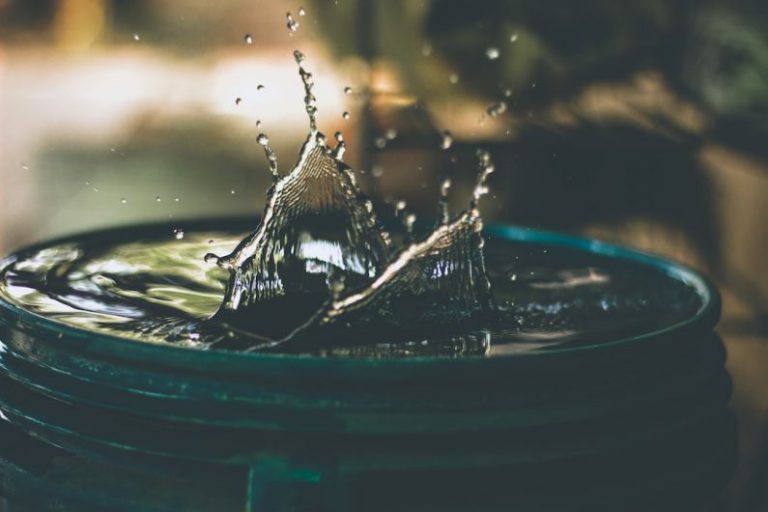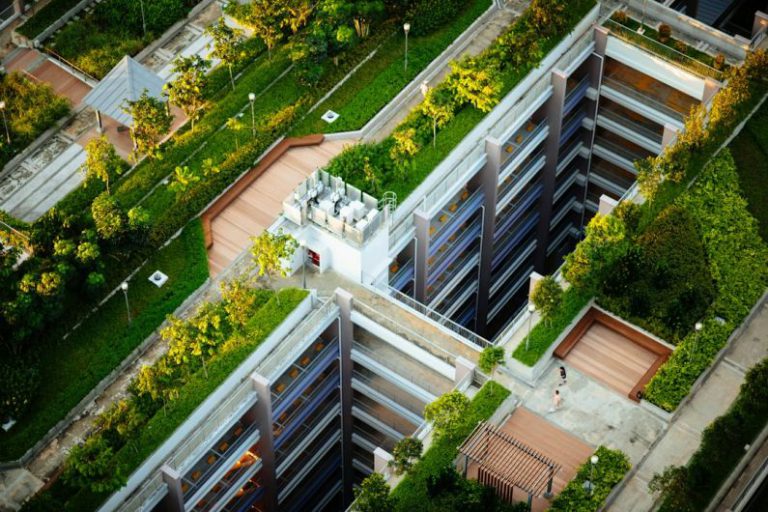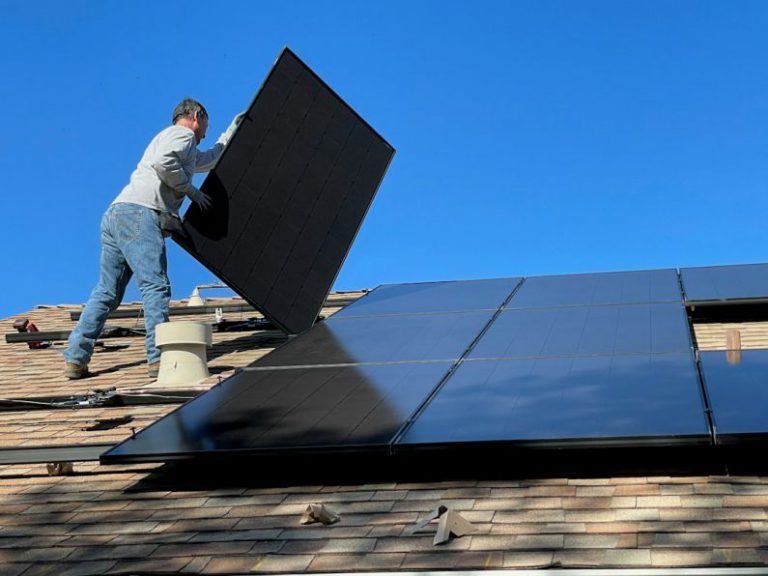How to Use Plants to Improve Indoor Air Quality?
Indoor air quality is an essential aspect of maintaining a healthy and comfortable living environment. With the increase in indoor air pollution caused by various factors such as chemicals, dust, and mold, it has become crucial to find effective ways to improve the air we breathe. One simple and natural solution to this problem is the use of plants. Incorporating plants into your indoor space not only adds beauty but also helps to purify and freshen the air. In this article, we will explore how to use plants to improve indoor air quality.
1. Choose the Right Plants
Not all plants are effective at purifying indoor air. It is important to choose the right plants that are known for their air-purifying properties. Some of the most effective plants for this purpose include spider plants, peace lilies, snake plants, and aloe vera. These plants are known for their ability to remove common indoor air pollutants such as formaldehyde, benzene, and trichloroethylene.
2. Place Plants Strategically
To maximize their air-purifying benefits, it is important to place the plants strategically in your indoor space. Consider placing plants in areas where you spend the most time, such as the living room or bedroom. Additionally, placing plants near sources of air pollution, such as printers or furniture made from synthetic materials, can help to reduce the impact of these pollutants.
3. Maintain Proper Care
In order for plants to effectively improve indoor air quality, they need to be properly cared for. This includes providing them with adequate sunlight, water, and nutrients. Different plants have different care requirements, so it is important to research and understand the specific needs of each plant. Regularly dusting the leaves and removing any dead or dying parts is also important for maintaining healthy plants.
4. Increase Plant Density
To further enhance the air-purifying effects of plants, consider increasing the density of plants in your indoor space. Grouping multiple plants together can create a mini indoor garden that not only adds visual appeal but also increases the overall air-purifying capacity. Planting different types of plants with varying sizes and shapes can create a diverse and aesthetically pleasing indoor environment.
5. Consider Air-Purifying Plants for Specific Purposes
In addition to general air purification, certain plants are known for their specific air-purifying properties. For example, the areca palm is effective at removing xylene and toluene, which are commonly found in paints and lacquers. The rubber plant is known for its ability to remove formaldehyde, which is often present in household cleaning products. By selecting plants that target specific pollutants, you can further enhance the air quality in your indoor space.
In conclusion,
Improving indoor air quality is essential for the health and well-being of everyone in your home or office. By incorporating air-purifying plants into your indoor space, you can effectively reduce levels of indoor air pollutants and create a fresher and healthier environment. Remember to choose the right plants, place them strategically, provide proper care, increase plant density, and consider plants with specific air-purifying properties. With these simple steps, you can enjoy the benefits of cleaner and fresher indoor air.






